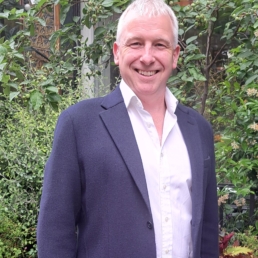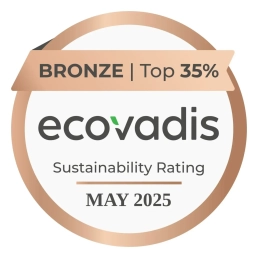The Leisure & Social Pivot
Secondary retail schemes need to find a new role - time to pivot towards what consumers want, says Mark Harvey of RivingtonHark
Whether you realise it or not, your business is likely to have ‘pivoted’ many times. One of the favoured new terms in the corporate vocabulary, it brings connotations of fleet-footed start-ups ripping up their business plan and changing direction. But the reality is more prosaic – what it really means is “we saw a better opportunity and decided to go for it”.
‘Pivoting’ may be a relatively new word in real estate, but it points to something the industry has always been good at: providing the product that the end user needs. The success of the property world is bound up with finding a new use for an unloved space.
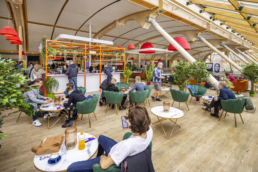
Nowhere, arguably, is this more needed than with retail assets that find themselves with a diminished role in a changing consumer environment. Secondary shopping centres, built for a world that often no longer exists, are in particular need of ambitious repurposing. This isn’t easy – by their nature, such assets were almost uniquely designed with one role in mind – but pivot they must.
For some assets this means redevelopment, usually into residential. For others, such as out-of-town retail parks – the possibility of repurposing towards last-mile logistics is a tempting one. But for many centres within over-shopped towns and cities the options are fewer. Where redevelopment is unviable, a new role for the existing space must be found.
If the situation and market allows, there is an obvious approach: follow the consumers (often easier said than done, I concede). The ‘right’ tenant mix has always underpinned successful schemes, so giving consumers what they want is a good place to start for any repositioning. But if not shops, then what?
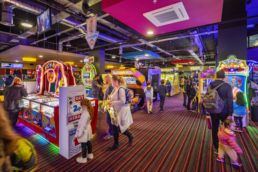
Leisure & social
One answer is to reposition towards competitive leisure and social. Declining spend in physical stores has been matched by an increased interest in leisure from both traditional activities, such as bowling alleys and cinemas, and a whole host of innovative new operators from axe-throwing to escape rooms. At Castle Quarter in Norwich, having identified a need for these operators in the city centre, we have embraced such a repositioning strategy.
Even during difficult times, there remains discretionary spend to be captured, and competitive leisure is a great way to do so. What’s more, as with the best retail offers, there are significant clustering effects – operators want to be located near their competitors, the range of available options increasing the overall visitor numbers. This is very difficult to achieve on piecemeal high streets, but something that centres are ideally suited to.
There are other advantages too. Leisure and social operators extend both the trading day and the average dwell time, providing additional footfall for retailers to capitalise on, and increasing usage of ancillary assets such as car parks. This also translates into better opportunities for food and beverage operators, who innately understand the benefits of clustering.
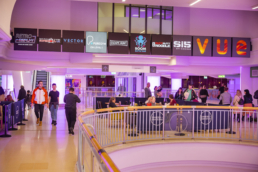
At Castle Quarter, the mantra we have adopted is “social, leisure and lifestyle”, working to create a destination that people will come to relax and enjoy themselves. That means a wide range of leisure options, but also ‘social’ space for drinks, dining and entertainment. What was once a typical 1990s food court has been transformed into a ‘market hall’ style street food, bar and live music concept.
Overall, 90,000 sq ft at Castle Quarter has been let to social, leisure and lifestyle brands since the decision to pivot was made, with such operators now accounting for around 50% of the asset’s floorspace. While many owners are looking at repositioning in this way, Castle Quarter is the first to have successfully done so, an exemplar of what can be achieved.
Committed capital
Such a repositioning isn’t the right option for every asset, and even where it is the best strategy, a pivot towards leisure and social is likely to need capital investment. Owners need to be wholly committed to the
strategy, and patient with it, if their investments are to bear fruit as assets that are relevant, fit for purpose and able to avoid terminal decline.
It all comes back to providing the places and destinations that people need. Shifting consumer behaviour is asking testing questions of these assets and the role they serve; social, leisure and lifestyle is a compelling answer.
Latest News
June 27, 2025
RivingtonHark Appoints A New Senior Asset Manager
May 25, 2025

